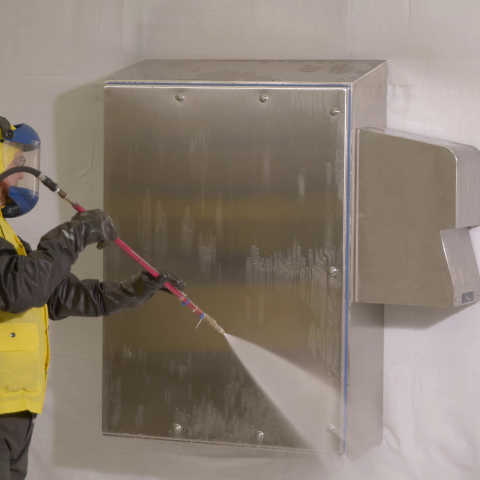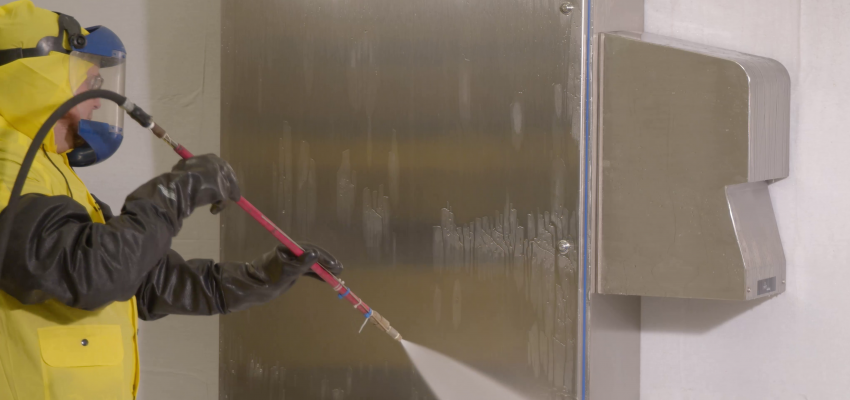This is the second article in our series on our Products pillar ESG categories. If you missed our first article on Eco-Friendly Designs, go back and read it here. That piece will also give you additional context on why our Products pillar ESG categories are important and how we put them into practice in our New Product Introduction process.
Today we will be talking about our second category: Eco-Friendly Materials
Eco-Friendly Materials is a relatively straightforward category to understand. In our products and solutions, we strive to select and use materials that are made with biodegradable, recyclable or reusable content and contain fewer restricted chemicals and scarce raw materials where possible. This includes things like using recyclable packaging and producing products that are low smoke and halogen free.
However, thinking about the materials that make up our products also extends to the entire serviceable lifespan of the product. We work to select materials that have a longer lifespan, which extends the lifespan of our products, and we aim to design solutions that minimize the materials our customers need to service our products once they’re installed.
For example, our hygienic enclosures solutions, which are designed to protect critical systems in medical and food and beverage applications, are built with replaceable gasket sealing technology. These gaskets play an essential role in the functioning of the product by creating a watertight seal between the enclosure door and the body of the enclosure that can withstand the high-temperature, high-pressure sprays of sanitary washdown procedures. Our gaskets not only last longer than typical sealing solutions, but they are completely replaceable, eliminating the need to replace the entire enclosure when the gasket eventually wears out. This saves our customers money in addition to keeping perfectly useable materials out of the landfill.
Another example of Eco-Friendly Materials is the nVent ERIFLEX Advanced Technology insulation that is used in many of our solutions. This insulation for electrical conductors is low-smoke, zero-halogen (LSZH) and flame retardant, helping to make our customers’ systems safer for both people and the environment. The insulation on our fire rated wiring, which ensures essential emergency systems continue to operate in the event of a fire, also uses LSZH insulation.
Using materials in our products that are both safe for the environment and do not contribute to material scarcity is a critical part of our ESG efforts at nVent. By remaining mindful of the impacts of our material selections, we help ensure we can deliver value for both our customers and the environment.


